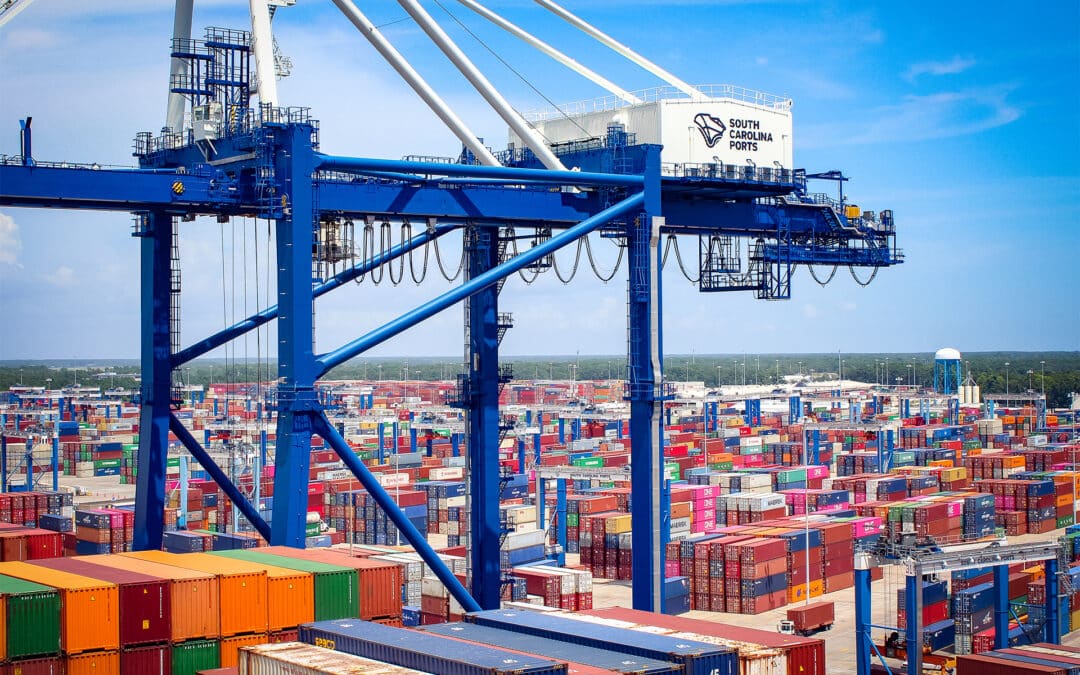With incidents of retail crime escalating throughout the United States and associated financial losses mounting for store operators, the National Retail Federation reported shrink in 2022 rose to $112.1 billion, up from $93.9 billion in 2021.
As detailed in the 2023 National Retail Security Survey, results of which were released by the NRF, average shrink rate in fiscal 2022 increased to 1.6% from 1.4% in 2021. On par with previous years, internal and external theft accounted for 65% of retail shrink, NRF noted.
Respondents to the survey said organized retail crime remains a significant concern due to heightened levels of violence in commission, with 67% saying they were seeing even more violence and aggression from ORC perpetrators compared with a year ago.
Retailers continue to enhance their loss prevention and asset protection measures, NRF pointed out, but some have had to take more drastic action in response to theft. Among the respondents, 28% of retailers said they had to close specific store locations because of retail theft, 45% had to cut back on operating hours and 30% had to reduce or alter in-store product selection as a direct result of retail crime.
As violence has increased, more retailers have opted to enforce a hands-off approach to shoplifter apprehension. In the 2023 study, 41% of retailers said no employees are authorized to stop or apprehend shoplifters, compared to 38% who said the same in the prior year. Although ORC groups have traditionally preyed on specific items or types of goods, they now target a broader range of product categories including outerwear, batteries, energy drinks, designer footwear and kitchen accessories.
When asked about resource allocation to address risk assessments, 34% of retailers replied they have increased internal payroll, and 46% said they have contracted more third-party security personnel. During the past year, 53% of survey respondents have increased their technology and software solution budgets. With violence being one of the most concerning risks, 54% of retailers have increased or are increasing employee workplace violence training.
The top five cities/metropolitan areas affected by ORC during the past year were Los Angeles, San Francisco/Oakland, Houston, New York and Seattle. Policy reform is another critical component of the retail industry’s drive to combat ORC. NRF asserted raising the felony theft threshold or removing or eliminating cash bail might have unintended consequences: 72% of respondents said they have seen an increase in the average value per incident in localities that raised their minimum felony thresholds. Another 67% reported an increase in repeat offenders in areas associated with initiatives to reduce or eliminate cash bail. To standardize enforcement as regards retail crimes, 93% of survey respondents support federal ORC legislation.
“Retailers are seeing unprecedented levels of theft coupled with rampant crime in their stores, and the situation is only becoming more dire,” said David Johnston, NRF vice president for asset protection and retail operations. “Far beyond the financial impact of these crimes, the violence and concerns over safety continue to be the priority for all retailers, regardless of size or category.”





